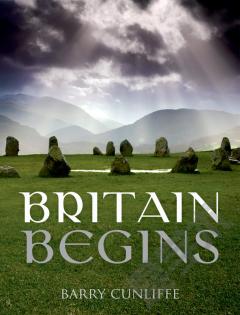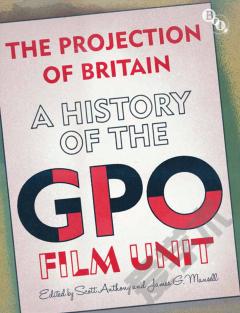Britain Begins
知识图谱网络
The story of the origins of the British and the Irish peoples, from the end of the last Ice Age around 10,000BC to the eve of the Norman Conquest - who they were, where they came from, and how they related to one another.
{{comment.content}}








 京公网安备 11010802027623号
京公网安备 11010802027623号